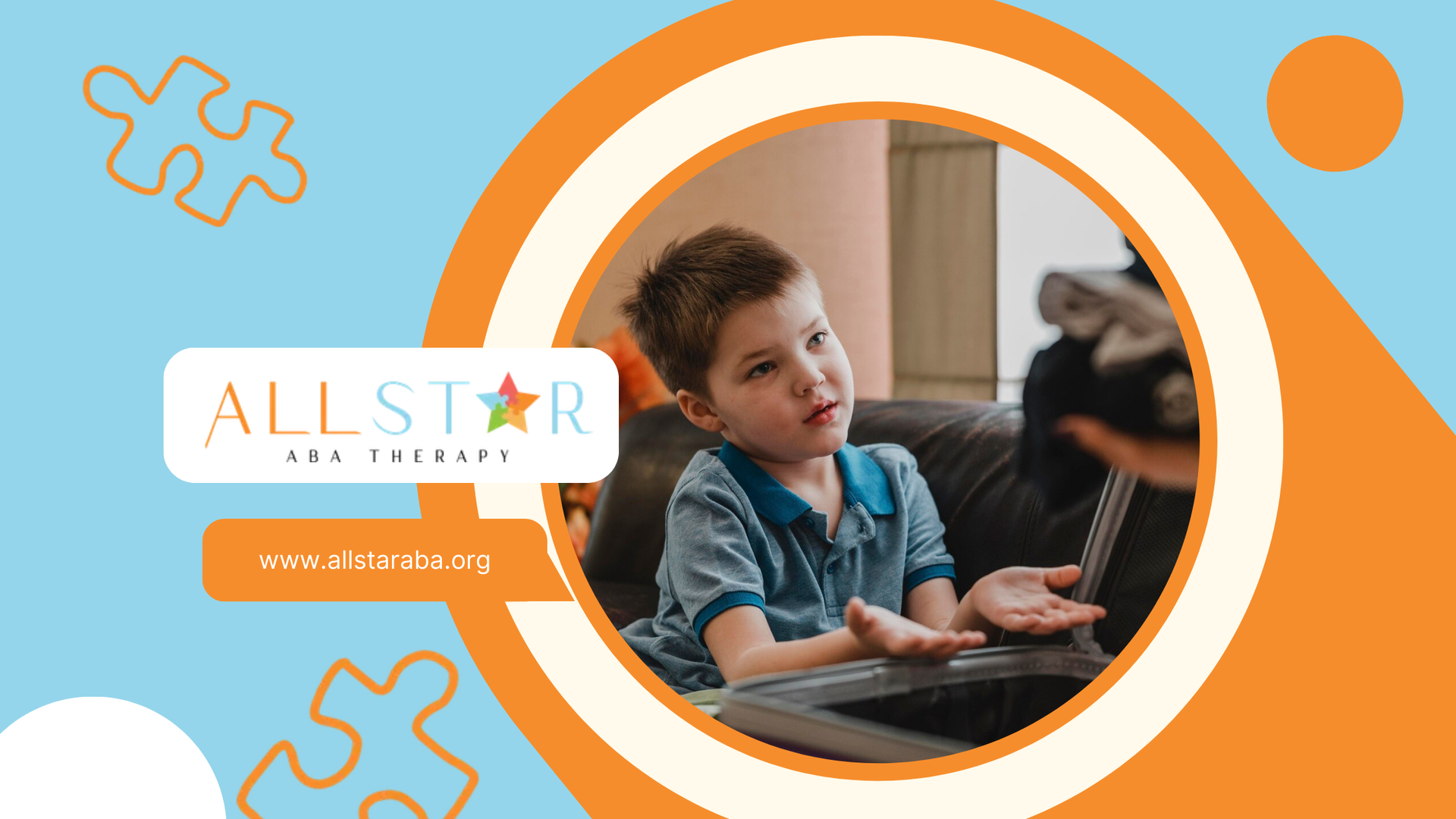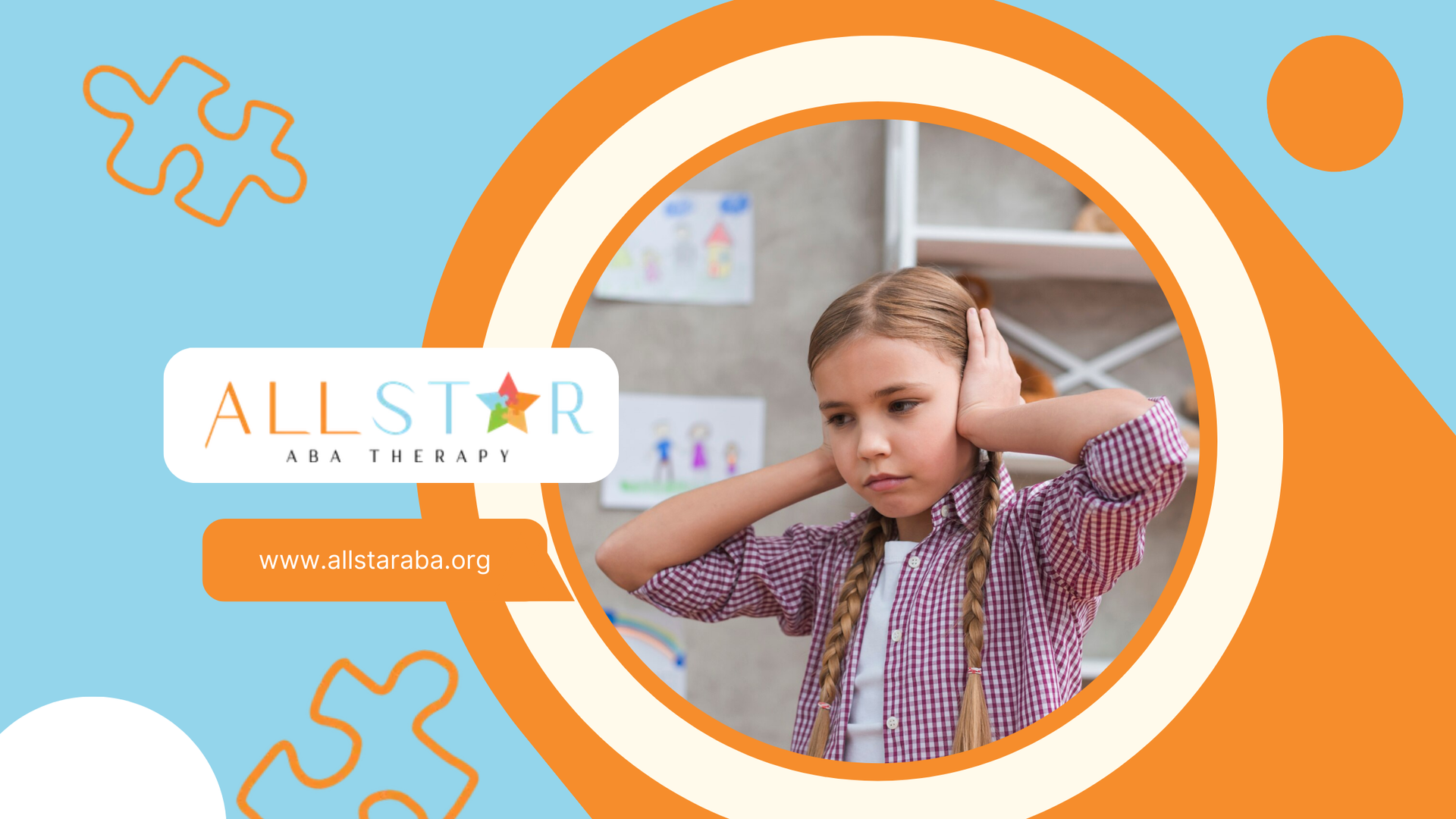New Paragraph
Making a Splash Safely: Pool Safety Tips for Autistic Children
Keeping Autistic Children Safe Around Pools
When the sun is shining, there's nothing more inviting than a refreshing dip in the pool. However, for families with autistic children, ensuring pool safety requires special attention. Understanding the unique challenges that autistic children face around water can make all the difference in creating a safe and enjoyable environment.
Let's explore how to make pool time both fun and secure for everyone involved.
Spotting the Risks
Autistic kids face unique challenges around water. Sensory issues, communication differences, and a strong love for water can make it tricky for them to sense danger. They might not understand the risks like other kids do. Plus, impulse control can be a struggle, making it hard for them to stay away from the pool when they should.
Drowning is a serious risk for autistic children, even more so than for other kids. This makes it super important to keep a close eye on them and have special safety measures in place.
- Sensory Sensitivities: Unusual reactions to water can increase risk.
- Communication Issues: Harder to understand and follow safety rules.
- Impulse Control: Might jump into water without thinking.
- Love for Water: Can lead to wandering and unsupervised pool access.
Custom Safety Measures
Regular pool safety rules might not cut it for autistic kids. Parents and caregivers need to tweak their approach to fit each child's needs, considering how they process sensory info, communicate, and behave.
Making the pool area safe isn't just about fences and locks. It's also about teaching water safety in a way that makes sense to autistic kids. This could mean using pictures, sticking to routines, and giving lots of positive feedback to help them learn to stay safe around water.
Understanding what autistic kids need to stay safe around pools is crucial. With the right steps, families can make sure their kids enjoy swimming without the worry.
Making Your Pool Safe for Children with Autism
When the sun's out and the pool's calling, families with autistic children need to make sure their swimming area is safe. A well-guarded pool can ease worries and keep everyone happy and secure.
Lock It Down with Pool Barriers
First things first, you need solid barriers around your pool. These barriers are like the bouncers at a club, keeping kids from sneaking in without supervision.
- Fencing: Get a strong fence with a gate that closes and latches by itself. Make sure it's at least 4 feet high and has no gaps for little ones to slip through.
- Locks and Latches: Put locks and latches high up on the gates, out of reach of curious hands.
Check these barriers often to make sure they're still doing their job. Fix any issues right away. Also, teach your kids to stay away from the pool unless an adult is with them.
Pool Alarms and Safety Covers
Adding alarms and covers can give you extra peace of mind.
- Pool Alarms: These alarms go off when someone enters the pool or the pool area. You can get alarms that detect surface waves, underwater disturbances, or even just when the gate opens.
- Safety Covers: A strong cover can keep kids from falling into the pool when it's not in use. Make sure it's sturdy enough to hold a child's weight.
Teaching Water Safety Skills
Keeping kids safe around water is a big deal, especially for autistic children who might have unique needs. Teaching water safety skills is a must to make sure everyone has a good time at the pool without any worries.
Swim Lessons for Autistic Children
Swim lessons are a game-changer for autistic kids. They help them get comfy in the water and learn how to swim at their own speed. Look for instructors who know how to work with special needs kids and are super patient.
Here’s what swim lessons can do for autistic children:
- Help them get used to the water
- Teach basic swim strokes
- Show them how to stay safe in the water
- Boost their confidence and independence
Some swim programs also teach life-saving skills like floating, treading water, and getting to the pool's edge. Check out local community centers or groups focused on autism and drowning prevention to find these programs.
Communication Strategies for Water Safety
Talking to autistic kids about water safety needs to be clear and simple. Visual aids like picture cards or social stories can make things easier to understand. Using the same words and repeating instructions helps too.
Try these communication tips:
- Use the same phrases for common actions (like "walk, don't run" near the pool).
- Make visual schedules to show what happens during pool time.
- Create social stories that show water safety situations and the right responses.
Mixing swim lessons with good communication makes a solid plan for keeping autistic kids safe at the pool. Keep practicing and reinforcing these skills to make sure they stick.
Teaching kids to follow rules and listen to instructions can really cut down on the risks of water activities. Regular practice and reminders help autistic kids stay safe and have fun at the pool.
Keeping Your Autistic Child Safe Around Water
Making sure your autistic child stays safe around water is a big deal. Here’s how you can set up some solid rules and keep a close eye on them to make pool time fun and safe.
Setting Up Simple Rules
First things first, you need some clear rules that your child can understand. Keep it simple and consistent. Here are some simple rules that you can apply.
- Ask Before Swimming: Your child needs to get an adult's okay before jumping in.
- Walk, Don’t Run: Running can lead to slips and falls. Walking is safer.
- Stay Where You Can Stand: Stick to shallow areas unless an adult is with you.
- Use Floaties: If needed, wear floatation devices for extra safety.
Explain why these rules matter. Use pictures or charts to make it easier for your child to remember. Practice these rules together so they become second nature.
Keeping an Eye on Your Child
Watching your child closely is super important. Here are some ways to make sure they’re always safe.
- Always Watch: Keep your eyes on your child when they’re near the pool.
- Take Turns: Have adults take turns watching the kids.
- No Distractions: Put away phones and books while supervising.
- Buddy Up: Pair your child with a responsible buddy.
Know your child’s swimming skills and never assume they’re safe just because they can swim. Set up zones where specific adults watch certain parts of the pool.
By setting clear rules and keeping a close watch, you can make sure your autistic child enjoys the pool safely. A good water safety plan can prevent emergencies and make pool time fun for everyone.
Keeping Your Autistic Child Safe from Wandering
If you're a parent of an autistic child, you know that keeping them safe is a top priority, especially when it comes to wandering off. This is particularly risky near pools, where the danger of drowning is real.
Let's break down how to understand and prevent these wandering behaviors.
Why Do Autistic Kids Wander?
Kids with autism might wander for a bunch of reasons—curiosity, trying to escape a stressful situation, or just wanting to explore. As a parent, it's important to spot the signs that your child might be about to wander and know what triggers them.
Autistic children often don't grasp the dangers of wandering, especially near water. Being aware and keeping a close eye on them can help prevent accidents.
How to Prevent Wandering
Stopping your child from wandering off requires a mix of physical barriers, supervision, and education. Here are some tips:
Physical Barriers
- Put up a sturdy fence around the pool with gates that close and latch by themselves.
- Make sure the fence is tall enough so your child can't climb over it.
Alarms and Locks
- Use alarms on doors and windows to alert you if your child tries to leave the house.
- Keep doors to the pool area locked and add childproof locks for extra security.
Identification
- Have your child wear an ID bracelet with your contact info in case they wander off.
- Consider using a GPS tracker for added peace of mind.
Supervision Strategies
- Set up a schedule so someone is always watching your child when they're near the pool.
- Assign a "water watcher" whose only job is to keep an eye on your child.
Community Awareness
- Let your neighbors know about your child's tendency to wander and their interest in water.
- Work with local community centers and pools to ensure a safe environment for your child.
Education
- Teach your child the importance of staying within safe areas.
- Sign them up for swim lessons designed for autistic kids to improve their water safety skills.
By taking these steps, you can create a safer environment and reduce the risk of your child wandering off. For more detailed strategies, check out our article on preventing elopement in autistic children. Also, stay informed about summer dangers for autistic children to keep the whole family safe and happy.
Responding to Emergencies
When things go south, being ready and knowing what to do can save lives, especially around pools with autistic kids. Caregivers need to have the right skills to handle pool mishaps quickly and effectively.
CPR Training for Caregivers
CPR, or cardiopulmonary resuscitation, is a must-know skill in case of drowning. If you're looking after an autistic child, getting CPR training is a smart move. This training teaches you how to do chest compressions and rescue breathing, keeping blood flowing to the brain and organs until the pros show up.
You can find CPR classes at local community centers, hospitals, and through national organizations. Make sure to pick a course that offers both instruction and hands-on practice.
Emergency Action Plan for Pool Incidents
Having an emergency action plan is key to handling any pool incident smoothly. Here’s what your plan should cover:
- Get the child out of the water safely.
- Call 911 immediately.
- Start CPR if needed.
- Inform family members or other caregivers.
Make sure everyone knows their role and who to call in an emergency. Keep a list of emergency contacts by the pool. Practice and review the plan regularly.
For families with autistic children, tailor the plan to fit the child's specific needs and behaviors. This might include calming techniques and communication methods that work for them.
Being ready with the right training and a solid action plan can make pools safe for autistic kids. Understanding the risks and how to prevent elopement can also boost safety. By staying proactive and informed, caregivers can create a safer environment for autistic children, especially during the risky summer months.
Conclusion
Ensuring the safety of autistic children around water requires a combination of vigilance, tailored strategies, and community involvement. By implementing these measures, families can enjoy pool time with peace of mind, knowing their children are protected.
At
All Star ABA, we are committed to helping families create safe and enjoyable environments for their autistic children. Our personalized ABA therapy and comprehensive resources are designed to meet each child's unique needs, promoting safety and enhancing quality of life. Trust All Star ABA to support your family in navigating the challenges of pool safety and beyond.
Need Support?
We're Here to Help!
Our experienced team is ready to assist you. Reach out today to discuss how we can support your child's development and well-being.
Get started with expert ABA therapy today.
Related posts

All Star ABA delivers the gold standard of care, Applied Behavioral Analysis (ABA) therapy, for individuals diagnosed with ASD, from infancy to age 21.
Quick Links
All Rights Reserved | All Star ABA







